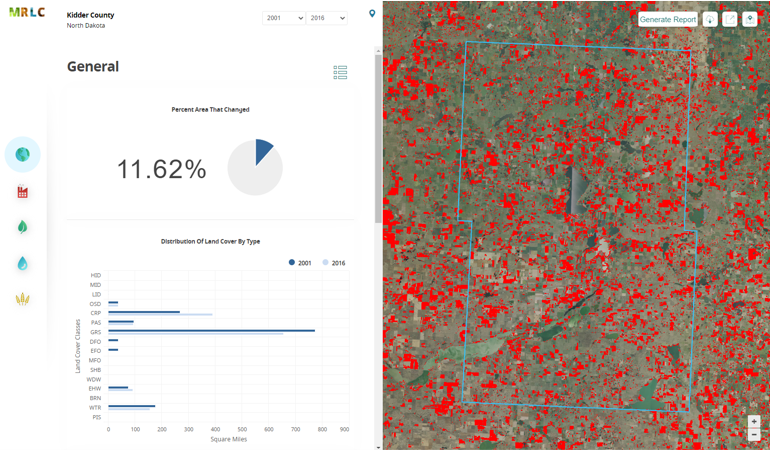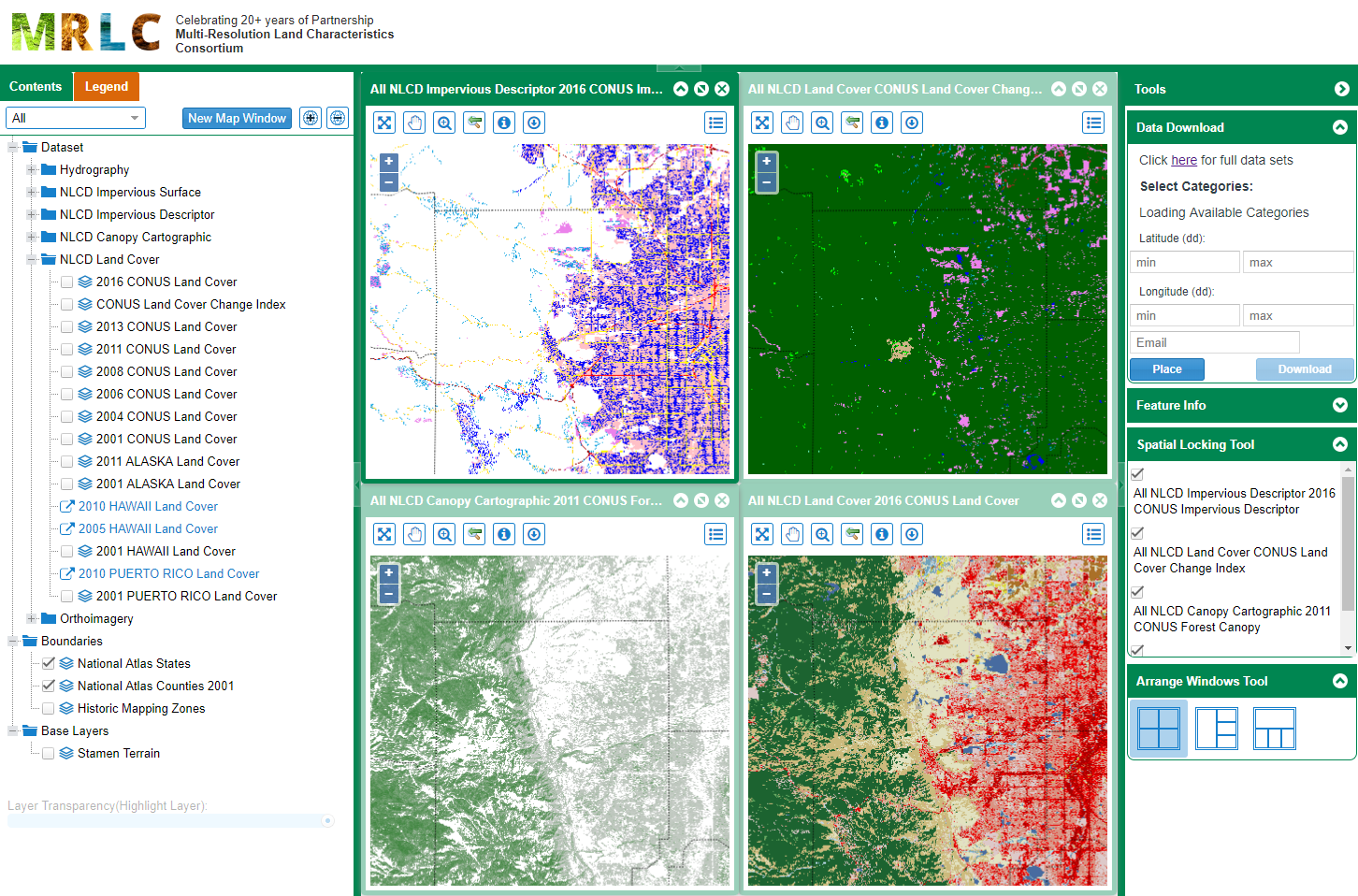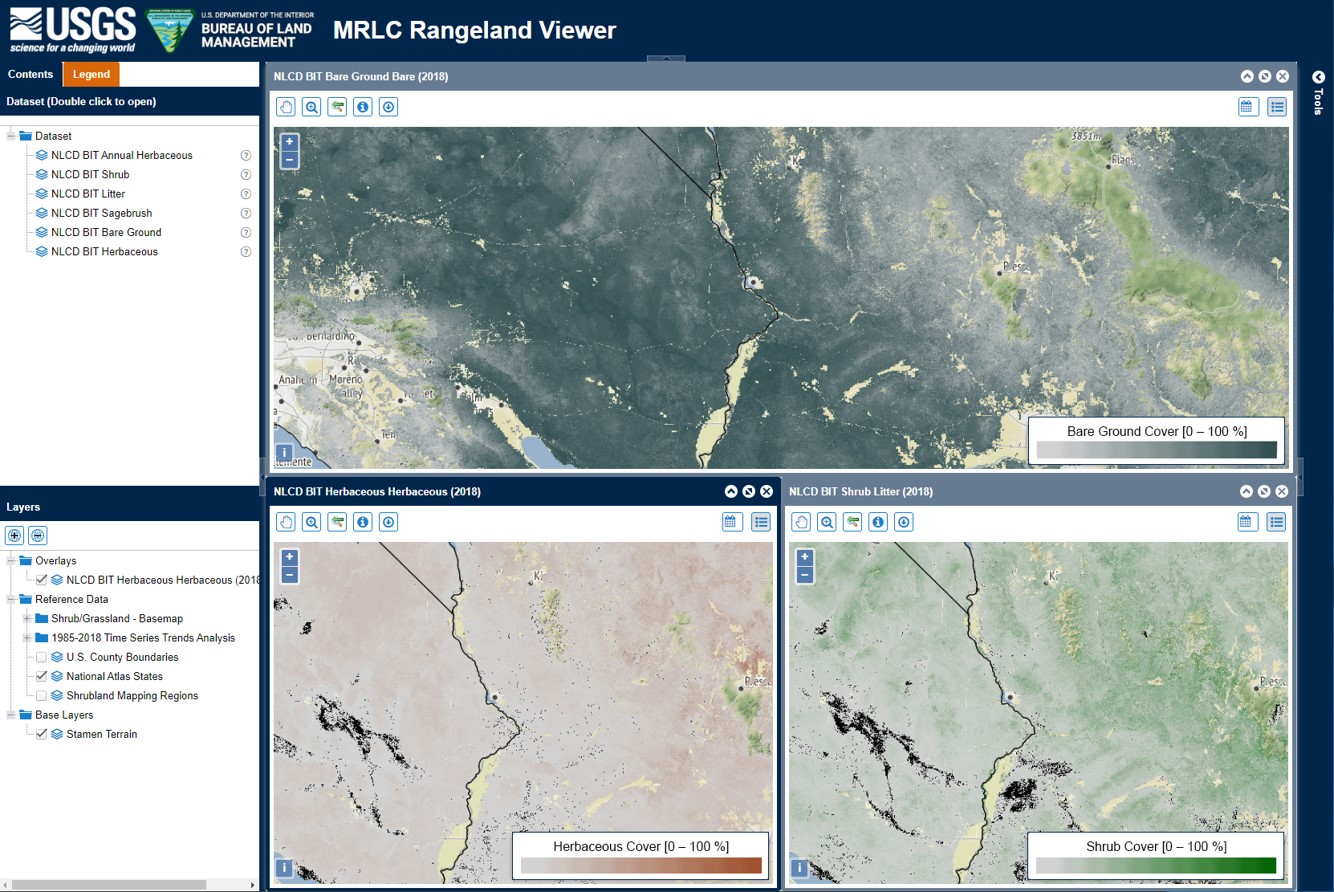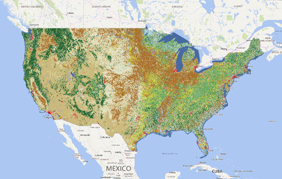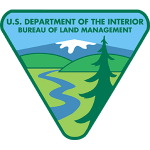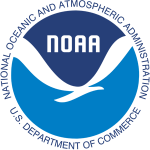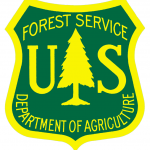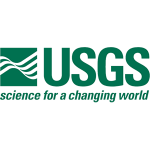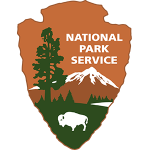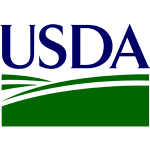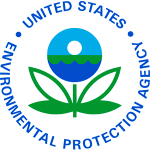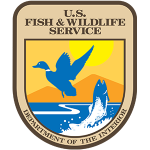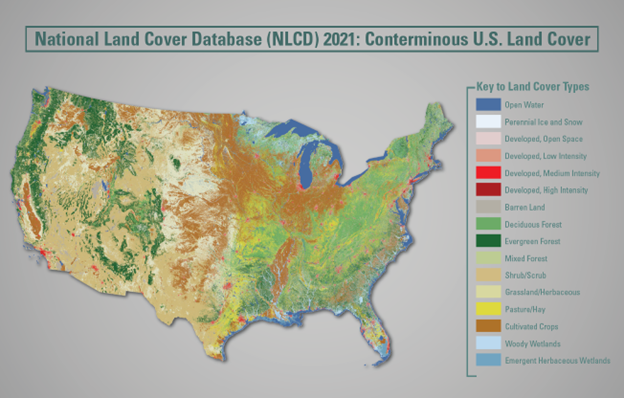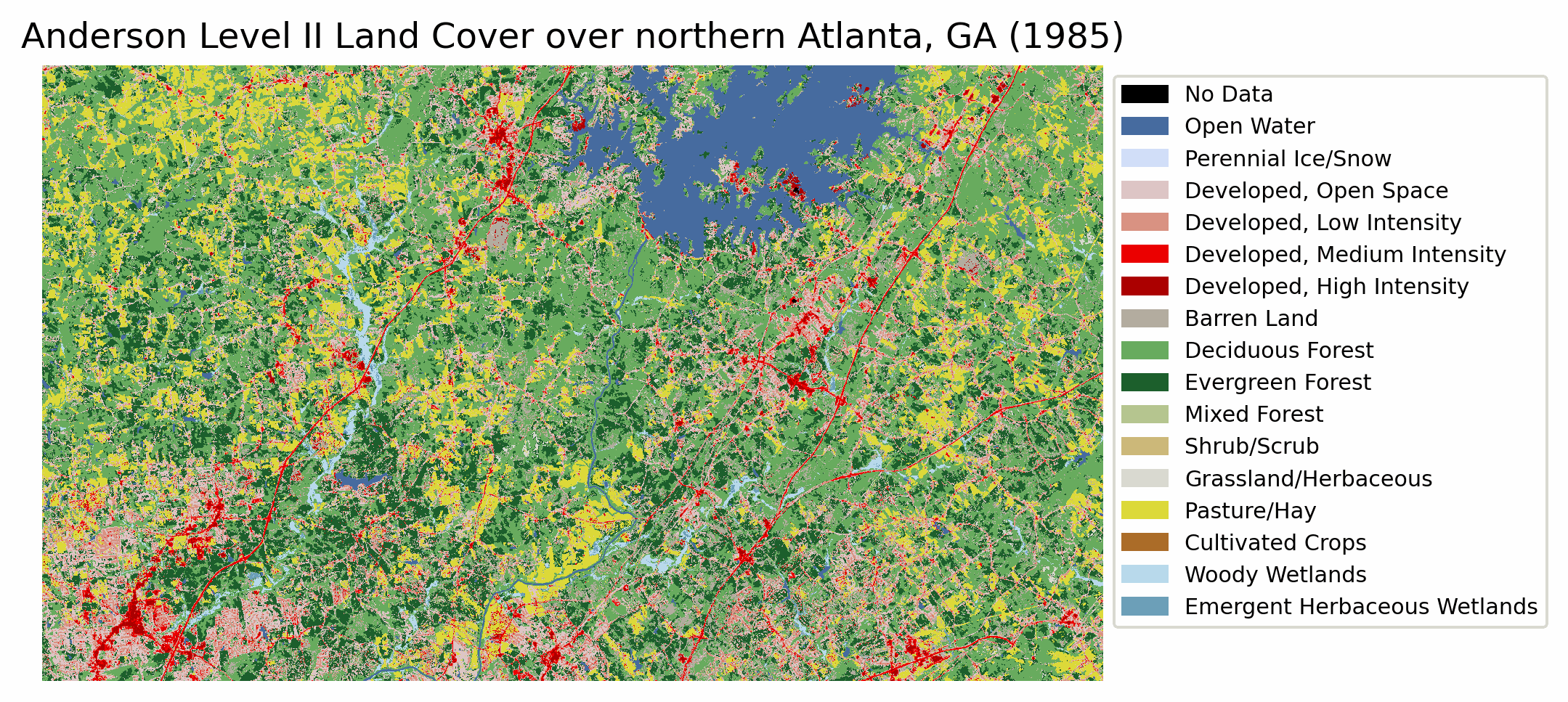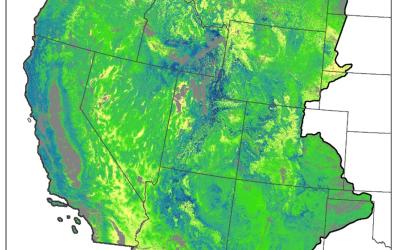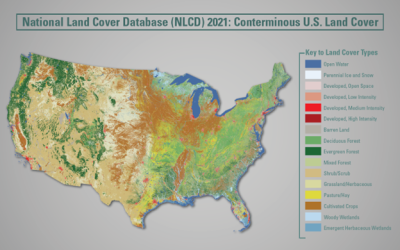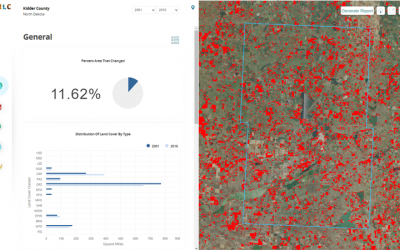The U.S. Geological Survey (USGS), in association with the Multi-Resolution Land Characteristics (MRLC) Consortium, is pleased to announce the completion and release of the latest epoch of the National Land Cover Database (NLCD) for the conterminous U.S.—NLCD 2021. The MRLC, a consortium of federal agencies who coordinate and generate consistent and relevant land cover information at the national scale for a wide variety of environmental, land management, and modeling applications, have been providing the scientific community with detailed land cover products for more than 30 years. Over that time, NLCD has been one of the most widely used geospatial datasets in the U.S., serving as a basis for understanding the Nation’s landscapes in thousands of studies and applications, trusted by scientists, land managers, students, city planners, and many more as a definitive source of U.S. land cover.
With the latest release, NLCD now includes map products characterizing land cover and land cover change across nine epochs from 2001 to 2021 (2001, 2004, 2006, 2008, 2011, 2013, 2016, 2019, and 2021). The 2021 suite of NLCD products follow the same protocols and procedures of the previously released NLCD epochs (2001-2019), are directly comparable to the 2019 release across the full time series, and are suitable for multi-temporal analysis. Science products and the change index, however, will need to be reacquired for the additional 2021 change information.
Specific map products include:
- Land cover – Conterminous U.S. land cover at a 30-meter spatial resolution with a 16-class legend based on a modified Anderson Level II classification system
- Land cover change index – Provides a simple and comprehensive way to visualize change that occurred across all the NLCD epochs of land cover
- Urban imperviousness – Indicates urban impervious surfaces as a percentage of developed surface over every 30-meter pixel in the Conterminous U.S.
- Urban impervious descriptor – Classifies specific types of roads, wind tower sites, building locations, and energy production sites to allow a deeper analysis of developed features
- NLCD Science Products
- Land Cover Change Disturbance Date – Identifies the first land cover classification change event between any two adjacent target years across all NLCD epochs at the 30-meter pixel level
- Forest Disturbance Date – Identifies the most recent year of forest disturbance between the years 1984–2021
- Land Cover Change Count – Calculates an integer count total of any change recorded between two consecutive epochs
- Land Cover with additional Forest Transition Classes – Delineates spectrally stable grass and shrub areas from those that are transitional forest classes, which tend to be represented by forest harvest, burns, regrowth, and other disturbances
- U.S. Forest Service Science Tree Canopy Cover – The original, unmasked Tree Cover Canopy data produced by the U.S. Forest Service, an MRLC partner
NLCD products can be explored and/or downloaded from multiple outlets, based on your specific application. If you are a user looking for bulk download options of the entire suite of products, the website includes direct access to the source data and metadata. NLCD is also available in the MRLC NLCD Viewer web application, a dynamic platform for data visualization, side-by-side image analysis and comparisons, and a custom tool enabling users to select a region of interest for download. Local class by class analysis between years is also available at the MRLC EVA Tool (mrlc.gov)
NLCD 2021 will mark the last installment in traditional NLCD land cover mapping methodologies. Land cover data users can look forward to USGS’s premier land cover programs—NLCD and Land Cover Monitoring Assessment and Projection (LCMAP)—advancing the science of the National Land Cover Database. Research is well underway to produce the next generation of USGS land cover products with moderate thematic detail at low latency and annual frequency. These products will provide USGS with leading-edge capabilities for land cover monitoring, assessments, and projections. In the initial 2024 product release, users can expect Anderson Level II type land cover classes (for example, the 16 land cover categories used in the current NLCD classification typology) across the conterminous United States at 30-meter spatial resolution and on an annual time step for the years 1985-2023.
Be sure to sign up for the USGS’s land cover listserv to stay up to date with our next generation land cover activities and receive other land cover community-relevant news.

